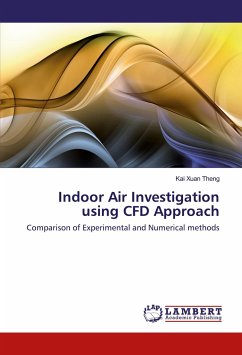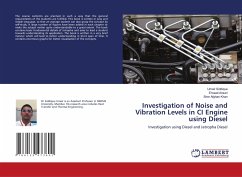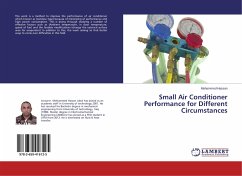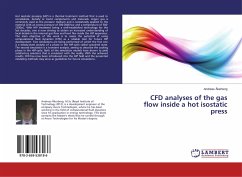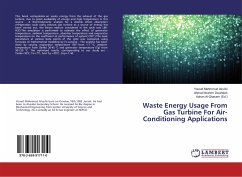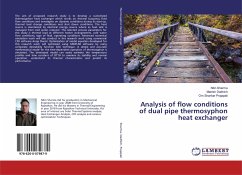This project uses experimental and simulation approaches to determine the required parameters, air temperature and airflow velocity in evaluating the indoor air condition. The results gained from simulation are compared with the experimental values in order to determine the reliability of the Computational Fluid Dynamics (CFD). The indoor air condition is also analyzed and compared with the recommended value. FLUENT by ANSYS is used for the CFD simulation process of this project. It is recommended to keep the airflow parameters in certain range to ensure the comfort of the occupants. Good agreement has been achieved between experimental and numerical methods for the analysis of air temperature, while the difference of experimental and numerical values of airflow velocity is considerably large.It is also observed that the values of air temperature and airflow velocity are greater when occupants exist.

